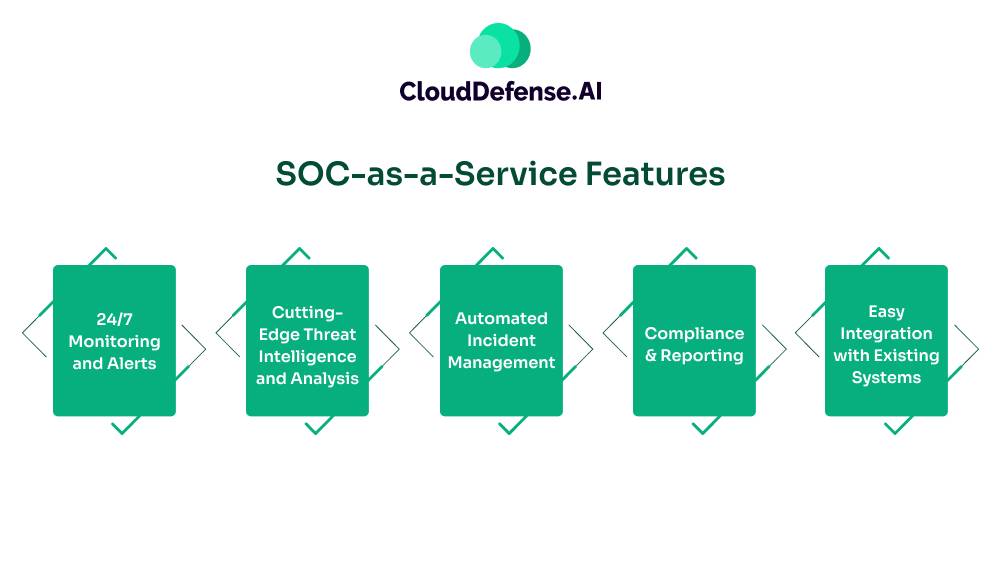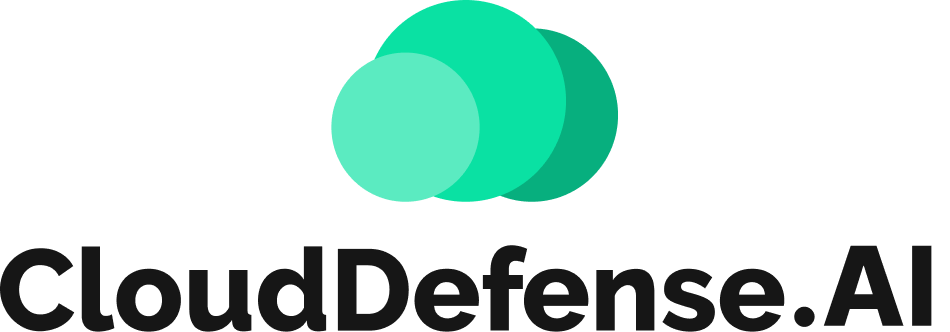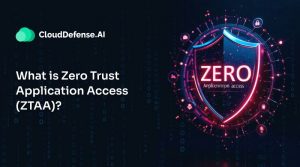What is SOC-as-a-Service?
SOC-as-a-Service, or Security Operations Center as a Service, is exactly what it sounds like – a fully outsourced security monitoring and management service. It’s a way for businesses to get 24/7 cybersecurity protection without the need to create and maintain their own in-house security operations center.
Here’s how it works: Instead of going through the hassle of hiring a team of security experts, setting up advanced monitoring systems, and staying updated on the latest threats, you can simply tap into the expertise of a specialized provider. They’ve got the technology, the skilled professionals, and the experience to monitor your systems around the clock.
The service is designed to be flexible, growing and adapting as the company’s needs change and as new threats emerge. SOC-as-a-Service often covers a wide range of security tasks, from monitoring logs and assessing vulnerabilities to proactive threat hunting and ensuring compliance. It’s especially valuable for small to mid-sized businesses that might not have the resources to maintain a comprehensive in-house security team.
What Cyber Threats Does SOCaaS Monitor?
SOC-as-a-Service stays on top of things 24/7, just like having your own security team in-house. These services are thorough, keeping an eye on nearly everything in your digital environment. That means monitoring your internet traffic, company networks, computers, servers, and all the devices your team uses.
They’re also keeping tabs on your databases, apps, cloud services, and firewalls. But they don’t just monitor—they’re actively searching for potential threats using tools like threat intelligence, intrusion prevention, and those advanced SIEM systems. They’re on the lookout for all kinds of cyber threats, from the usual suspects like ransomware and malware to trickier attacks like phishing and smishing (yes, that’s a real thing). They’re also watching out for insider threats, stolen credentials, and those sneaky zero-day attacks that can catch everyone off guard.
And, of course, they’re vigilant about those frustrating denial of service attacks—whether it’s a standard one or a distributed attack. In short, if it’s a threat to your digital security, SOC-as-a-Service is probably on it.
Why Are More Companies Turning to Managed Security Services?

Let’s be honest—keeping your digital assets secure isn’t exactly easy. That’s why so many companies are turning to managed security services. But what’s driving this shift?
Focus on Big-Picture Strategy
Enterprise Strategy Group did some research, and the results are pretty revealing. For starters, more than half of the companies they surveyed (55%) want their security teams to focus on the bigger picture. They’re looking to offload the day-to-day security tasks so their team can concentrate on strategic initiatives. But that’s just one piece of the puzzle.
Expertise Matters
A significant portion of these companies (52%) believe that specialized professionals can do a better job than they can on their own. It’s like knowing when to call in a plumber instead of trying to fix the leak yourself—sometimes, it’s best to leave it to the experts.
Bridging the Talent Gap
Then there’s the issue of talent. Nearly half of the companies (49%) see managed services as a way to strengthen their existing security teams. It’s like bringing in a few star players to boost your company’s performance.
Acknowledging Security Challenges
And here’s the real eye-opener—42% of companies openly admit they don’t have the capability to handle security operations effectively on their own. This honest admission highlights just how challenging cybersecurity has become.
The takeaway? More and more organizations are recognizing that when it comes to security, sometimes it’s worth letting the professionals take the lead.
SOC-as-a-Service Features

1. 24/7 Monitoring and Alerts
SOC-as-a-Service offers round-the-clock surveillance of your organization’s digital assets. This means security teams get instant alerts whenever potential threats are spotted. The constant monitoring helps catch and address security issues early, cutting down the chances for attackers to cause harm and reducing potential damage.
2. Cutting-Edge Threat Intelligence and Analysis
With SOC-as-a-Service, you benefit from advanced threat intelligence that keeps you ahead of emerging cyber threats. This involves collecting and analyzing data on the latest vulnerabilities and attack methods. Using this up-to-date information, security analysts can take proactive steps to counter threats, adjust defenses, and update strategies to keep your organization secure.
3. Automated Incident Management
One of the standout features of SOC-as-a-Service is its automated approach to incident management. This includes spotting security incidents, taking containment measures, removing threats, and handling recovery and post-incident analysis. Automation speeds up the entire process, ensuring efficient management of incidents and minimizing their impact. This approach helps your organization recover quickly and improve defenses for the future.
4. Compliance and Reporting
Staying compliant with regulations is vital for many businesses. SOC-as-a-Service providers make sure that security practices meet industry standards and regulations. This feature includes creating detailed reports on security incidents, breaches, and responses. These reports are essential for compliance audits and help maintain transparency and accountability in your security operations.
5. Easy Integration with Existing Systems
SOC-as-a-Service is designed to fit seamlessly with your current security setup. This integration boosts the effectiveness of your existing systems by adding extra layers of protection and offering strategic improvement suggestions. By working in harmony with your current measures, SOC-as-a-Service enhances overall security and ensures a unified defense strategy.
Benefits of SOC-as-a-Service

1. Log and Data Analysis
SOCs dive deep into logs and security data from all over to sniff out potential threats and weak spots. By pulling together data from different sources, they can catch complex attacks and vulnerabilities that might slip through the cracks if looked at separately.
2. Specialized Security Expertise
SOC analysts cover a broad range of specialties and need to act quickly for their clients. SOCaaS providers should offer access to experts skilled in areas like endpoint protection, threat hunting, malware analysis, alerting, and escalation processes. Knowing the capabilities of a SOC’s team, technology, and procedures can help you find a reliable provider.
3. Quick Detection and Response
If a team is slow to jump on an anomaly, it often means they’re juggling multiple priorities. SOC-as-a-Service providers deploy dedicated analysts who focus just on spotting and handling cyber threats. In-house teams can get bogged down switching between different tasks, so a SOC-as-a-Service team dedicated solely to detection and response can act quickly and efficiently.
4. Incident Response
When an incident hits, the SOC springs into action with a well-planned response to contain, fix, and manage the threat. This usually means isolating affected systems, patching up vulnerabilities, and working with other teams or external parties to sort things out effectively.
5. Proactive Threat Hunting
SOC-as-a-Service providers aren’t just waiting for attacks; they’re actively hunting for them. They dig into your environment to spot attacker tactics, techniques, and procedures (TTPs), so they can uncover new vulnerabilities and threats before they even become a problem.
6. Meeting Compliance Standards
Keeping up with compliance is a huge deal. Regulations like GDPR and CCPA need specific security checks, and industries such as healthcare, finance, and retail have their own set of rules like HIPAA, FINRA, and PCI. SOC-as-a-Service helps tick all those boxes.
7. Lower Cost than On-Premise SOC
Setting up an in-house SOC can be a wallet-buster with all the tech and staffing costs, plus the hassle of high turnover. SOC-as-a-Service keeps costs down by sharing resources and expertise, tackling analyst burnout, and ensuring steady security operations without breaking the bank.
8. Reduced Breach Risk
Just like a traditional SOC, SOCaaS runs around the clock, offering 24/7 monitoring, detection, and response. This constant vigilance ensures that threats are caught and dealt with swiftly, minimizing the time between when an intruder first gains access to a system and when they can spread to other parts of the network. By containing and neutralizing threats quickly, SOCaaS helps organizations cut down on their “breakout time,” which is crucial for stopping breaches before they escalate.
SOCaaS Roles & Responsibilities
1. SOC Manager: The SOC Manager is the captain of the security operations center, steering the team and ensuring everything runs smoothly. They keep an eye on all operations, making sure every process is effective and the team is well-coordinated to uphold strong security measures.
2. Security Analyst Tier 1 – Triage: Tier 1 Analysts are the first responders to security alerts. They sort and prioritize these alerts, handle initial investigations, and pass on more complex issues to Tier 2 Analysts, making sure every alert is dealt with promptly and properly.
3. Security Analyst Tier 2 – Incident Responder: Tier 2 Analysts dive into the details of escalated incidents. They pinpoint affected systems, assess the attack’s extent, and use threat intelligence to understand the attackers’ methods and strategies, working to control and neutralize the threat.
4. Security Analyst Tier 3 – Threat Hunter: Tier 3 Analysts take a proactive approach by hunting for unusual activities and performing detailed security assessments. They look for advanced threats and vulnerabilities, aiming to stay one step ahead of potential attackers.
5. Security Architect: The Security Architect is the mastermind behind designing and implementing the security system. They blend technology with expert insight to build a security framework that meets the organization’s needs and keeps everything secure.
6. Compliance Auditor: Compliance Auditors ensure the organization follows all relevant rules and regulations. They keep track of adherence to security policies and legal standards, helping the organization maintain its compliance and ethical integrity.
7. SOC Coordinator: The SOC Coordinator bridges the gap between the SOC-as-a-Service provider and the organization’s internal IT and security teams. They make sure communication flows smoothly and that everyone is on the same page, addressing security issues effectively.
When SOC-as-a-Service is a Great Fit?
SOC-as-a-Service can be a game-changer for many types of organizations, especially if you’re contemplating whether to build an on-premises SOC or are in search of a more budget-friendly alternative. Here’s when SOCaaS could be the perfect solution:
When SOCaaS Makes Sense:
- Limited IT and InfoSec Resources: If your team lacks the specialized cybersecurity skills or the capacity to provide round-the-clock coverage, SOCaaS can step in with a team of experts available 24/7.
- No Secure Physical Space: If you don’t have a secure, dedicated space for an SOC, outsourcing can save you from needing to invest in physical infrastructure.
- Minimal Technology Investments: If you haven’t invested heavily in the tech needed for an in-house SOC, SOCaaS lets you access top-notch security tools without the hefty upfront costs.
- Low Cybersecurity Maturity: For organizations that are still developing their cybersecurity capabilities, SOCaaS offers a quick path to solid security practices through the expertise and resources of a third-party provider.
- Variable Security Needs: If your security needs change from month to month, a subscription-based SOCaaS can scale up or down to match your requirements.
When an In-House SOC Might Be the Way to Go:
- Significant Investments Already Made: If you’ve already invested heavily in technology and personnel for your SOC, it might make sense to keep it in-house to get the most out of those investments.
- High Security Maturity: Organizations with advanced security practices and expertise might prefer to manage their SOC internally to maintain full control and customize their security measures.
- Need for Detailed Security Controls: If your organization needs very specific and tailored security controls, an in-house SOC can provide more precise solutions than outsourced services.
- Complex Regulatory Requirements: If your organization deals with complex regulations that third-party providers may not fully address, keeping your SOC in-house can help ensure you meet all specialized compliance needs.







